
Lamp Light Snowflake (variation) it is!

If you've been following along, you know I spent the last few days of 2022 searching snowflake patterns from the past for the perfect join-as-you-go motif for a new crochet temperature project.

I wanted to do a crochet temperature project last year, but life was just too scrambled, and I felt overwhelmed with everything I already had on my goal chart.

December 2022's daily highs and lows were so outrageous, the temperature project bug hit me again, and I decided, no matter how busy I get, I truly can make one little snowflake every morning, especially if all I have to do is join as I go instead of stiffen. Of course, once I decided upon a pattern and officially began the project, the weather evened out and became the seasonal norm. I've actually cheated once already to prevent having five nearly identical consecutive motifs right next to each other. I threw out the fifth identical day's high and low and worked December 31 at the beginning of the project instead. Added a needed touch of color variety, don't you think???

I marked the January 1 motif with a quilting pin that looks remarkably like a diaper pin (to me) to make sure I join all the additional motifs in the right place.

For my temperature project, I altered the original pattern to give the motif a bit more body and wrote out the pattern for you below. (With a few more adjustments, it makes a nice snowflake, too!) I'm using exclusively my own hand-dyed threads for my 2023 temperature project. Each bag is Sharpie-labeled with a five-degree temperature range. I thought that would be the easiest way to remember what each color represents.

I've got all the individually baggied temperature project colors in a Christmas gift bag I recycled to keep my project together in one place. Because I'm so blasted proficient in losing or misplacing things I need!!! (I ended up adding sticky tab temperatures to each baggie because just six weeks into this project, Sharpie temperature range numbers are beginning to wear off the smooth plastic.)

If I run out of a color (which may actually happen if we keep having lots of 40s), I'll just pull another similar color from my hand-dyed stash (because there are well over 50 more balls of colorful thread in hues I adore). If I use up all my blues or all my greens or all my purples, well, jump for joy!!! I get to dye again!!!

Dyeing is one of my favorite hobbies, but I decided about two or three years ago I shouldn't dye anymore until I use up at least some of what I've already dyed. This project, if worked throughout the year, should use up quite a bit of my hand-dyed thread! So, not only do I get to play with these luscious threads all year long while creating a project I think will ultimately be gorgeous, I might also enable myself to dive back into my strongest addiction before the end of the year! Wouldn't that be awesome???

I don't know how much joy today's Make a Snowflake Day pattern brews for you, but I haven't grown weary of the modified pattern yet, and I'm really excited to be making something in colors that excite and inspire me. (Although the dappered-up snowflake looks great in white!!!) And, let's face it: It's a sweet miracle I haven't accidentally done a motif (yet) in five points or seven points. Sheer miracle!!! Happy dance!!!

When I first began toying with my Lamp Light Snowflake pattern for this project (because I stated in the pattern it was my second favorite), I wondered what my favorite pattern of the final 20 lamp snowflakes was because I honestly could not remember. Do you???

(Here's another lamp snowflake I actually tested as a join-as-you-go project way back in 2016).

Windom Peak Snowflake is one of my all-time favorite join-as-you-go snowflake patterns, but I wasn't sure I'd be able to make a new one every day for a whole year, and it might take up a bit more thread. Might be fun one day for a future crochet temperature project when I am able to dye more thread as I need it when I run out of colors. Still, the thought of this one in a temperature quilt is just so visually delicious! (Even though it's a three-rounder...)

The pattern I selected needed to be one I love enough to make again and again and again... 365 times! I hope it will be one I continue to love after making it so many times.

The motif I chose needed to be one I could use without stiffening or shaping. So far, this motif is working well with mild finger-shaping.

For added strengthening, I've been dabbing a very tiny amount of Elmer's school glue on the back center of each motif and on the final point of each motif when done where I've woven in my thread ends. I gently massage the glue into the threads with my fingers in hopes of securing those woven-in ends without being scratchy. This glue, of course, will wash out if I ever wash the project when done, but I will try very, very hard to keep the final project safe from dust, stains or abuse so that it never needs washing.

Last year's digital temperature quilts were worked in makeshift monthly blocks. Most temperature projects tend to be monthly stripes, and I wanted mine to be different. All but one month have more than 28 days (which divides evenly into 4x7). Last year, I was using two blocks for each day (one for the high and one for the low), so I opted for 8x8 blocks. In the end, I had nearly a full month of extra days, but I LOVE the final result. And the size is just perfect for any rectangle project, but most especially, quilts and afghans.

For this year's crochet temperature project, I decided to go with stripes, but because the year has only 12 months (plus perhaps a few extra days), I needed more vertical rows unless I want my final project to be a scarf (which I decided against for a thread project). I chose to use 15 hexagons in horizontal rows; basically, two rows per month, which should give me 25-plus vertical rows (because there will be extra days at the end to even out the project). I decided when I attached hexie number 16 to snake my rows back and forth instead of starting each one over at the same edge where I began the project.

How this beauty is beginning to look makes me wonder how a temperature project would look if worked snakelike from one corner to the opposite, with diagonal rows, building a large triangle for the first half of the project, then tapering off each edge to turn it into a rectangle. Or... what if I just did one huge triangle (especially with these tiny motifs) to create a shawl???

I don't know yet what my joined Mahana motifs will be when done, but so far it's measures 41 inches across, and it should finish up nearly that wide. It could be a lap afghan, a table covering, a shawl... Or something else??? I'll decide when it's done.

Of course, the possibility exists I might tire of the project before the end of the year. Hopefully, the size will make it something I can turn into a useful item if that happens.

Now that I've been crocheting temperature motifs for 37 consecutive days (plus the final 17 days of December 2022), I'm learning a few lessons I may have learned when I was doing digital temperature quilts but had forgotten. Some of these lessons may be thanks to incorporating specific colors for each five-degree increment instead digital batik images, which I could vary ever so slightly when consecutive identical temperatures occurred.

❄ The project can become visually boring (to me) when I have to use the exact same colors five consecutive days.
❄ For motivation to keep going, make sure the 40s are colors I really adore because that's what January holds!
❄ Multiple five-day stretches with the exact same colors may be more obvious in block format than row format.
❄ Using 3 hues from each color of the rainbow has more visual impact than using 5 to 7 hues of my 4 favorite colors.
(So far.)
❄ I learned the hard way not to rush into crocheting the overnight low temperature at 4, 5 or even 6 a.m.
At least three times so far, the recorded overnight low is a tad lower at 8 a.m.!!!
❄ If I really, really, really like a temperature differentual prior to the official beginning of my project,
there is absolutely no reason why I can't include that time period in the project.

I was tempted to skip January 12 and add December 30 to the beginning because the January 12 colors were identical to January 11. When I took another peek at December 2022's historical temperature highs and lows, all those below-zero nights (and one day!!!) made me want to use the below-zero colors I'd selected because, at that point, my project desperately needed more color. I decided to go ahead and add at least the final two weeks of December. And to NOT skip January 11. (Still not regretting skipping January 7, though.)

Historical highs and lows for a given zip code may be obtained, in case you would like to do a year (or month!) of personal significance, at weather sites such as Wunderground, my go-to for dates of importance. This site also is available. However, when you go back in time, you risk incomplete data because technology (and weather recording) 50 or 60 years ago is not what it is now.
One example of this is a real kick for me: no data was recorded the day of my birth in the village where I grew up!!! They skipped the day I was born!!! The nerve!!! Tee hee hee! If I were ever to do a temperature project for the year of my birth, I could do my own average from the provided data, I could select a different village, I could use data from the metropolis where I was born, or (and this could be quite fun, I think) I could make up my own high and low!!! Giggle chuckle snortle!
For current year highs and lows (and back one year more), I use Accuweather.

If you engage in your own temperature project, I would sure love to see it, and I'm sure readers would, too. It could be fun to do monthly progress reports right here on my blog, too, with photos from your projects as well as my own.

You may do whatever you'd like with snowflakes and/or temperature project(s) you make from this pattern, but you may not sell or republish the pattern. Thanks, and enjoy!

Finished Size: Snowflake: 5.5 inches from point to point. Temperature Motif: 3 inches from point to point
Materials: Size 10 crochet thread in two or more colors, size 7 crochet hook. For snowflake, also: empty pizza box, wax paper or plastic wrap, cellophane tape, water soluble school glue or desired stiffener, water, glitter, small container for glue/water mixture, paintbrush, stick pins that won't be used later for sewing, clear thread or fishing line
Mahana Snowflake Instructions
Make magic ring.
Round 1: Ch 2 (counts as 1 dc), 1 dc in ring, [ch 10, 1 dc in 7th ch from hook, 1 hdc in next ch, 1 sc in next ch, ch 1, 2 dc in ring] 6 times, omitting last 2 dc of final repeat; sl st in 2nd ch of starting ch 2; bind off; weave in ends. Pull magic circle tight, but leave opening big enough to allow stitches inside it to lay flat.
NOTE: For snowflake, I worked popcorn stitch instead of 2 dc.
If you're not reading this pattern on Snowcatcher, you're not reading the designer's blog. Please go here to see the original.
Round 2: In any ch 6 tip work (5 dc), [ch 1, in next ch 6 tip work (5 dc, ch 3, 5 dc)] 5 times; ch 1, 5 dc in next ch 6 tip, ch 3; sl st in 2nd ch of starting ch 2; bind off. Weave in ends.

Joining Round 2: In any ch 6 tip work (5 dc), ch 1, [in next ch 6 tip work (5 dc, ch 1, sl st in corresponding tip of 1st motif, ch 1, 5 dc), 1 dtr in corresponding ch 1 gap of 1st motif] as many times as needed to join additional motifs; [in next (unjoined) ch 6 tip work (5 dc, ch 3, 5 dc), ch 1] as many times as needed to finish motif; sl st in 2nd ch of starting dc; bind off. Weave in ends.
Snowflake Round 2: In any ch 6 tip work (5 dc), [ch 1, in next ch 6 tip work (5 dc, ch 5, sl st in 2nd ch from hook, sc in next ch, hdc in nect ch, ch 10, dc in 4th ch from hook and in each of next 5 ch, ch 4, sl st in 2nd ch from hook, sc in next ch, hdc in next ch, ch 1, 5 dc)] 5 times; ch 1, 5 dc in next ch 6 tip, ch 3; sl st in 2nd ch of starting ch 2; bind off. Weave in ends.
Snowflake Finish: I've been stiffening my flakes with undiluted, full-strength water soluble school glue for quite a while now, and I've been squishing the glue onto and throughout each flake with my fingers (yucky mess!!!) instead of gingerly painting the flakes with glue. Yes, it's a mess. But it's faster. And stiffer.
Tape wax paper or plastic wrap to top of empty pizza box. Pin snowflake to box on top of wax paper or plastic wrap.
If using glue, mix a few drops of water with a teaspoon of glue in small washable container. Paint snowflake with glue mixture or desired stiffener. Sprinkle lightly with glitter. Wash paintbrush and container thoroughly. Allow snowflake to dry at least 24 hours. Remove pins. Gently peel snowflake from wax paper or plastic wrap. Attach 10-inch clear thread to one spoke, weaving in end. Wrap fishing line around tree branch (or tape to ceiling or any overhead surface) and watch snowflake twirl freely whenever you walk by! Snowflake also may be taped to window or tied to doorknob or cabinet handle.






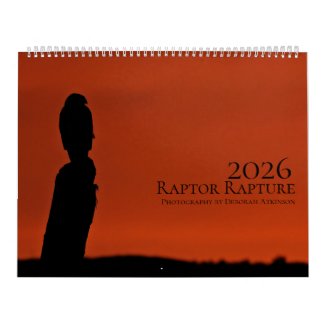





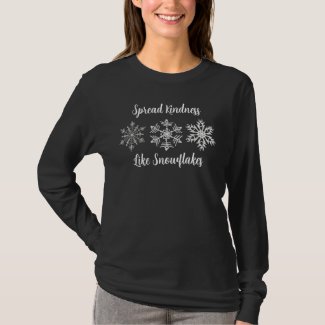
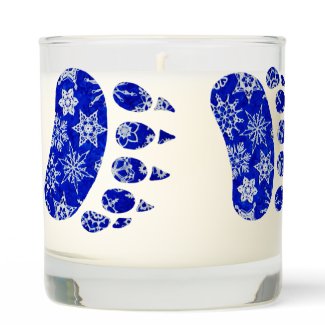


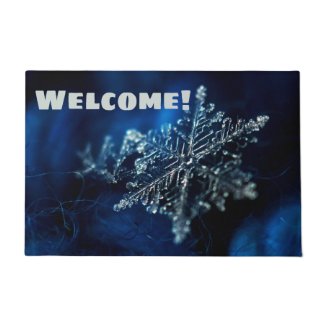
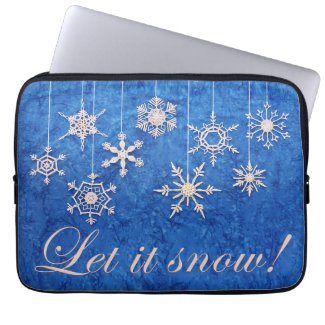
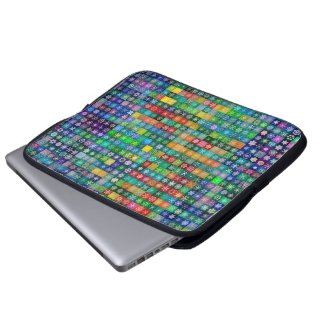
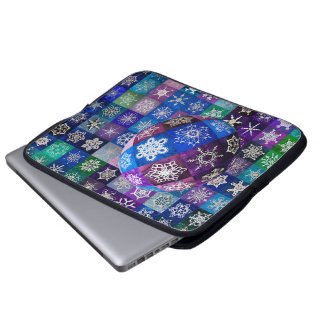














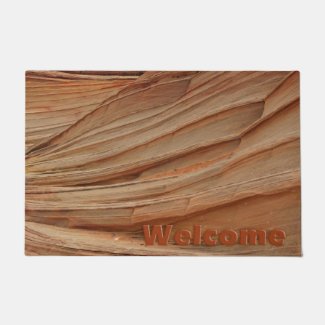
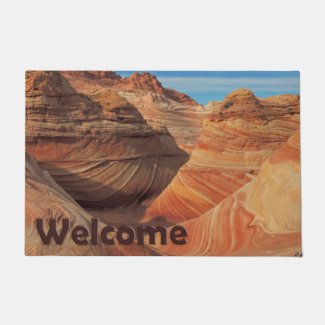
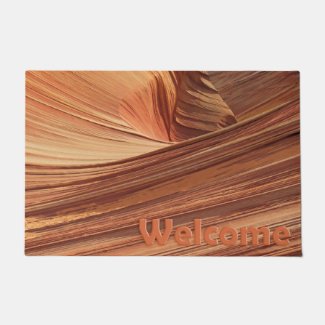
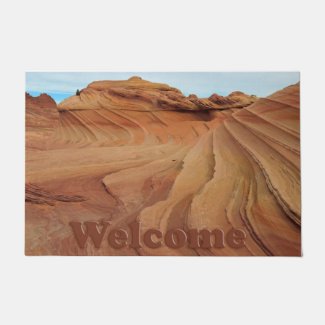
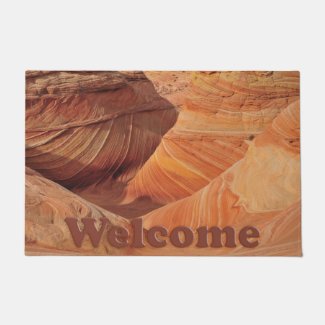
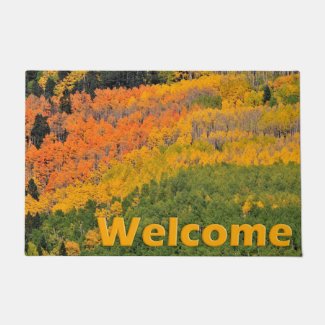
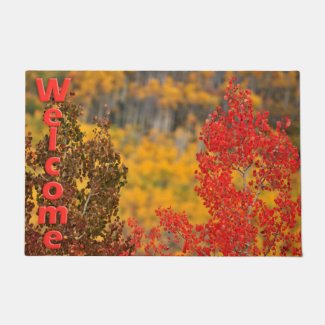
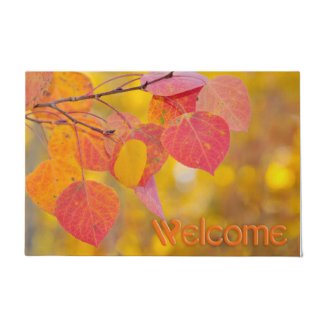
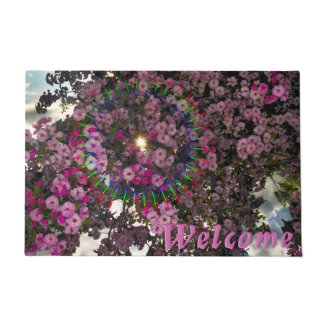
That motif is a great choice for your project. It's looking so beautiful already. The idea of a C2C temperature project is also intriguing.
ReplyDeleteI can see you turning this into a stunning overlay for a skirt or dress....
Thanks, Sue! I"m sure loving the way it is turning out. I know I still have ten months to go, but right now, I still can't wait to see the next day's colors!
Delete